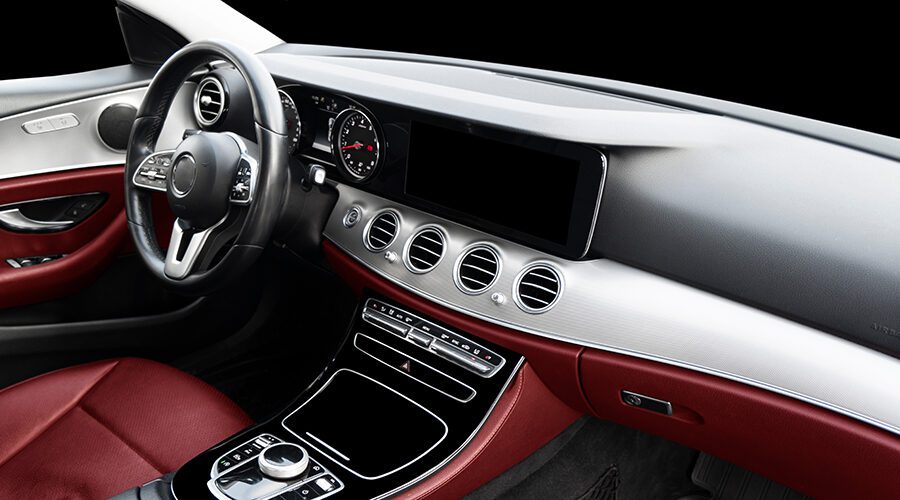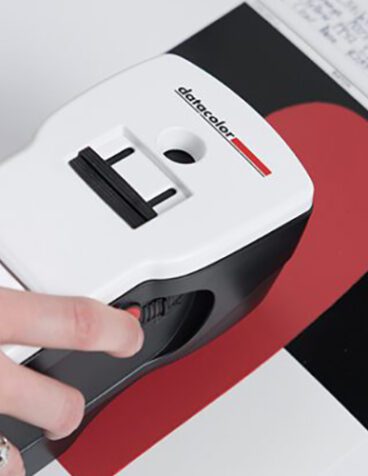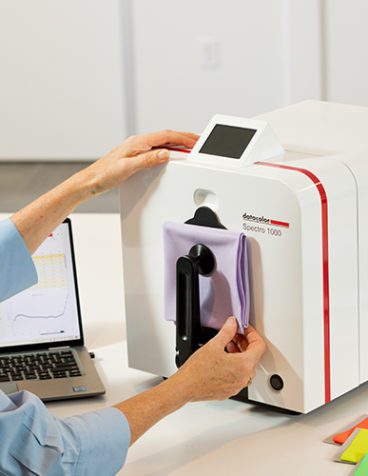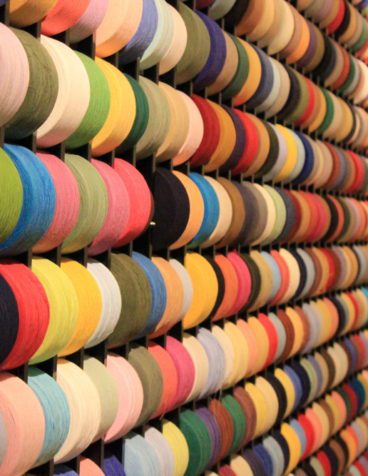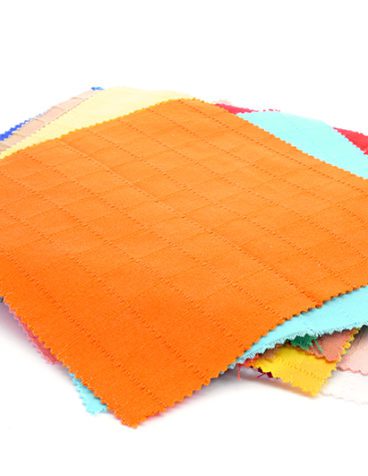In the automotive industry, attention to detail is the driving force behind superior quality and design. Every element, every stitch, every material matters. Among these, a subtle yet influential factor takes center stage – color. While it’s often associated with exterior aesthetics, color in automotive interiors plays a critical role – it communicates personality, sets the ambiance, and signals quality.
Interior Color: More Than Just an Aesthetic Choice
Color in automotive interiors goes beyond mere decorative flair. It’s a silent narrative that offers potential owners a sense of individuality and style. From the jet-black leather seat of a sports car to the soft beige of a luxury sedan, the choice of interior color is integral to the vehicle’s character.
However, the power of color isn’t confined to its initial appeal – it extends to maintaining color consistency throughout the vehicle. A small variation in the shade of a dashboard and the seats could potentially impact the overall perception of quality, implying a lack of attention to detail. This makes the task of achieving impeccable color consistency across different components a critical pursuit for automakers.
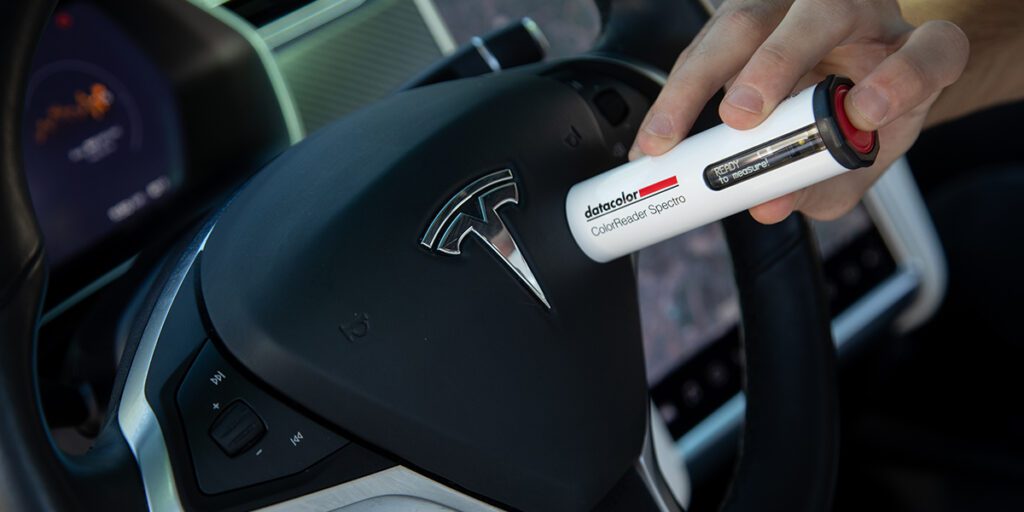
The Color Consistency Challenge: A Global Supply Chain Puzzle
Navigating the road to uniform color consistency is a complex endeavor. The automotive industry operates within an extensive global supply chain, with multiple suppliers spread across continents. Each supplier creates components from diverse materials under unique environmental and manufacturing conditions, turning the mission of maintaining color consistency into a multifaceted challenge.
Furthermore, the human element in visual color assessment can introduce another variable into the mix. Differences in perception and potential errors in manual color matching could lead to inconsistencies that might not be immediately evident but can accumulate and affect the overall color harmony.
Download Our Automotive Industry Guide!
The Power of Technology: Spectrophotometry to the Rescue
In such a complex landscape, technology serves as a reliable co-pilot. One of the most effective tools in the arsenal is a spectrophotometer, a devise that accurately measures the color of materials. Spectrophotometers, like the Datacolor 1000, with its close tolerance capability, ensure that all suppliers are effectively measuring the same color. This high inter-instrument agreement ensures uniform color measurement, regardless of the location, substrate, or operator. In a way, spectrophotometers serve as the common language of color in a multilingual supply chain.

Supplier Certification: Ensuring Color Proficiency
Having the right technology isn’t enough if users lack the skills or understanding to operate it effectively. This is where a comprehensive certification program comes into play. Programs like Datacolor Certify provide reassurance that suppliers are not just equipped with functioning technology, but also have the trained personnel required to handle it proficiently.
A well-structured certification program educates users about the color measurement process, trains them to use color measurement devices correctly and highlights the importance of color consistency. This ensures that the color measurement and matching are not just reliant on technology but also backed by skilled personnel who can interpret and apply the data effectively.
Driving Towards a Vibrant Future
With the right blend of advanced technology and comprehensive training, automakers can effectively navigate the road to impeccable color consistency. The use of spectrophotometers, coupled with a robust certification program, creates a strong line of defense against color inconsistencies. This harmony in color management helps weave a cohesive color narrative in automotive interiors, enhancing the overall perception of the vehicle’s quality and style.
While color might seem like a subtle player in the grand scheme of automotive design, it’s undeniably a significant factor steering the industry. By ensuring color precision and consistency, automakers can amplify the emotional connection between the vehicle and its owner, driving towards a future where every car is not just a marvel of engineering, but also a canvas of personal expression.
